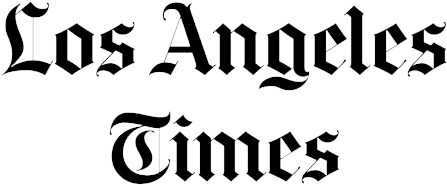Form
High Bar Squat Form
The high bar squat should begin with good posture to avoid injury. Brace the spine by drawing your lower abdomen inward. Your core muscles should be activated to support your posture as you perform the exercise.
If any pain is experienced, immediately stop the high bar squat.
Beginning
Beginning High Bar Squat
Most lifters' grips can be very narrow, with their thumbs wrapped around the bar. The bar is placed across the shoulders on top of the trapezius muscles. The stance will be slightly narrower, and the knees will travel slightly forward during the descent compared to their position in the low bar squat.
Movement
High Bar Squat Movement
1. Look straight ahead instead of down, as in the low bar squat (not up at the ceiling). The result of your head, eyes, and neck should always be a neutral neck position.
2. Thinking about chest up or lead with your chest is our favorite cue. This assists the lifter in remaining upright and balanced on the midfoot.
Benefits
High Bar Squat Benefits
Squats with a high and low bar help to build strength in the lower body, core, and back. They also aid in the improvement of balance, coordination, and range of motion. High bar squats are suitable for people of all fitness levels, whereas low bar squats require more technical ability.
















